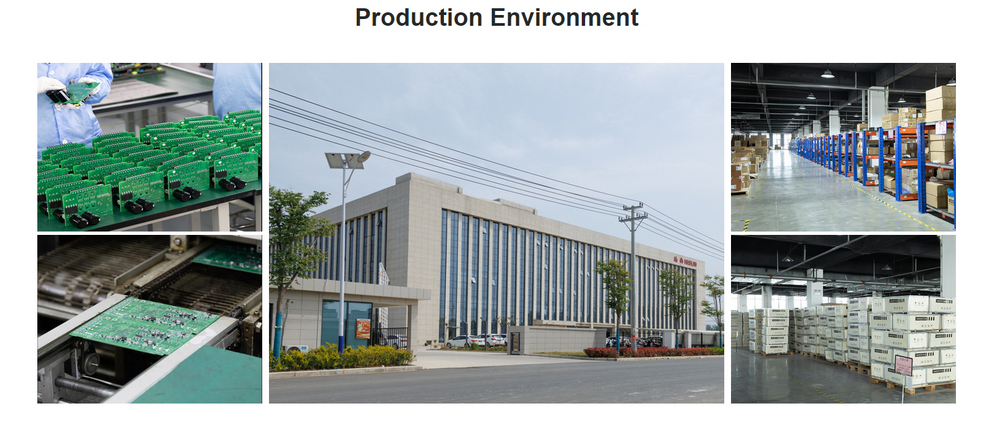A 220V inverter, often referred to as a power inverter, is a device designed to convert direct current (DC) power into 220V alternating current (AC) power. It is commonly used in situations where AC power is not readily available or as a backup power source during power outages. The 220V output voltage is suitable for operating a wide range of electronic devices and appliances, such as laptops, televisions, refrigerators, and power tools.
The main function of a 220V inverter is to perform DC to AC power conversion. It takes the DC power input from a battery bank, solar panel system, or other DC power sources and transforms it into AC power that matches the voltage and frequency requirements of the connected devices. This enables the use of electronic devices that typically run on AC power in off-grid locations or areas with unreliable power supply.
Some 220V inverters produce a modified sine wave output, which is a close approximation of a pure sine wave. While a pure sine wave is the ideal form of AC power, modified sine wave inverters are more cost-effective and suitable for many common electronic devices. However, certain sensitive equipment, such as medical devices or audio equipment, may require a pure sine wave inverter to prevent potential performance issues or damage.
220V inverters come in various types and sizes, including portable inverters that are lightweight and easy to carry, making them ideal for outdoor activities, camping, or powering devices in vehicles. Automotive inverters specifically cater to the power needs of vehicles and can be plugged into a car's cigarette lighter socket.
Efficiency is an important consideration when choosing a 220V inverter. Higher efficiency inverters convert a larger percentage of the DC input power into usable AC power, resulting in less energy wastage and longer battery life.
Overall, 220V inverters provide a convenient and reliable solution for powering electronic devices and appliances when traditional AC power sources are unavailable. They are essential for off-grid living, emergency backup power, and powering electronic devices on the go, ensuring the continuity of electrical power for various applications.

220V Inverter,Industrial Frequency Inverter,3Kw Vfd,Frequency Driver
WuXi Spread Electrical Co.,LTD , https://www.vfdspread.com